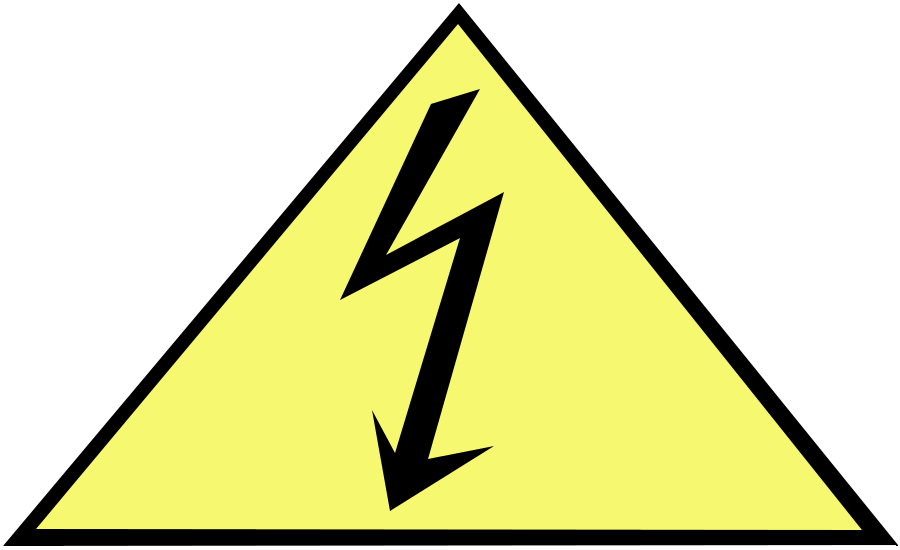Comparing Arc Flash Incident Energy bids can be confusing. If your prices are widely varied, very likely so are the deliverables you’re getting with each. Use the following chart to compare bids.
Step 1: Data Collection
Qualified staff must gather data from all applicable electrical equipment. Required information includes:
- Data from the utility, including available fault current, operating voltage, and specifics regarding the utility’s protective equipment at the point of service
- Specifics for each protective device in the electrical system, including manufacturer, model, available time/current settings, and short-circuit interrupting rating
- Transformer impedance, tap settings and ratings
- Conductor specifics, including lengths, sizes, and types of all overhead lines, bus
Step 2: Power System Modeling
One-line diagrams must be developed or updated to show the current configuration and modes of operation for the power system. Accurate electrical system drawings are necessary to identify power sources, voltage levels, electrical equipment and protective devices. If you already have one-line diagrams, we will update the data and work from them, if possible. We use SKM Power Tools for Windows®, ETAP®, ARC Pro® and other available engineering software.
Step 3: Short Circuit Study
A short circuit study is required to determine the magnitude of current flowing throughout the power system at critical points at various time intervals after a
“fault” occurs. These calculations will be used to determine the bolted fault current, which is essential for the calculation of incident energy and interrupting ratings of your equipment. Comparison of equipment ratings with calculated short circuit and operating conditions will identify underrated equipment.
Step 4: Protective Device Coordination
Protective device coordination should be performed to ensure selection and arrangement of protective devices limits the effects of an overcurrent situation to the smallest area. Results will be used to make recommendations for mitigation of arc flash hazards. Although this is an optional study, arc flash mitigation cannot be performed without completing this step. We perform this study in accordance with IEEE Std. 242-2001 (Buff Book).
Step 5: Arc Flash Calculations
These calculations are based on available short circuit current, protective device clearing time and distance from the arc. Calculations of incident energy levels and flash protection boundaries will be completed for all relevant equipment busses. The magnitude of arc hazards are determined using methods from NFPA 70E®, IEEE 1584 or NESC Tables 410-1 and 410-2, as applicable.
Step 6: Reporting
Upon completion of the calculations, we will prepare your Arc Flash Report. This will be supplied to you for a short review period, during which your team can review mitigation recommendations. At this point, we can hold a Management Summary meeting to interpret the report results. Upon approval, we will provide a final report and full sized one-line diagrams, stamped by our Registered PE. The drawings and report will also be supplied to you in a digital format.
Step 7: Label Installation
We will generate and install arc flash warning labels. These labels identify incident energy and working distance, nominal system voltage, and the arc flash boundary.
In addition to standard requirements, our labels also include Limited, Restricted and Prohibited approach boundaries, date, upstream protective device and recommended personal protection equipment. We can also provide bolted fault current if desired. We provide labels that are compliant with NFPA 70E 130.5(d), NEC 110.16 and ANSI Z535.






